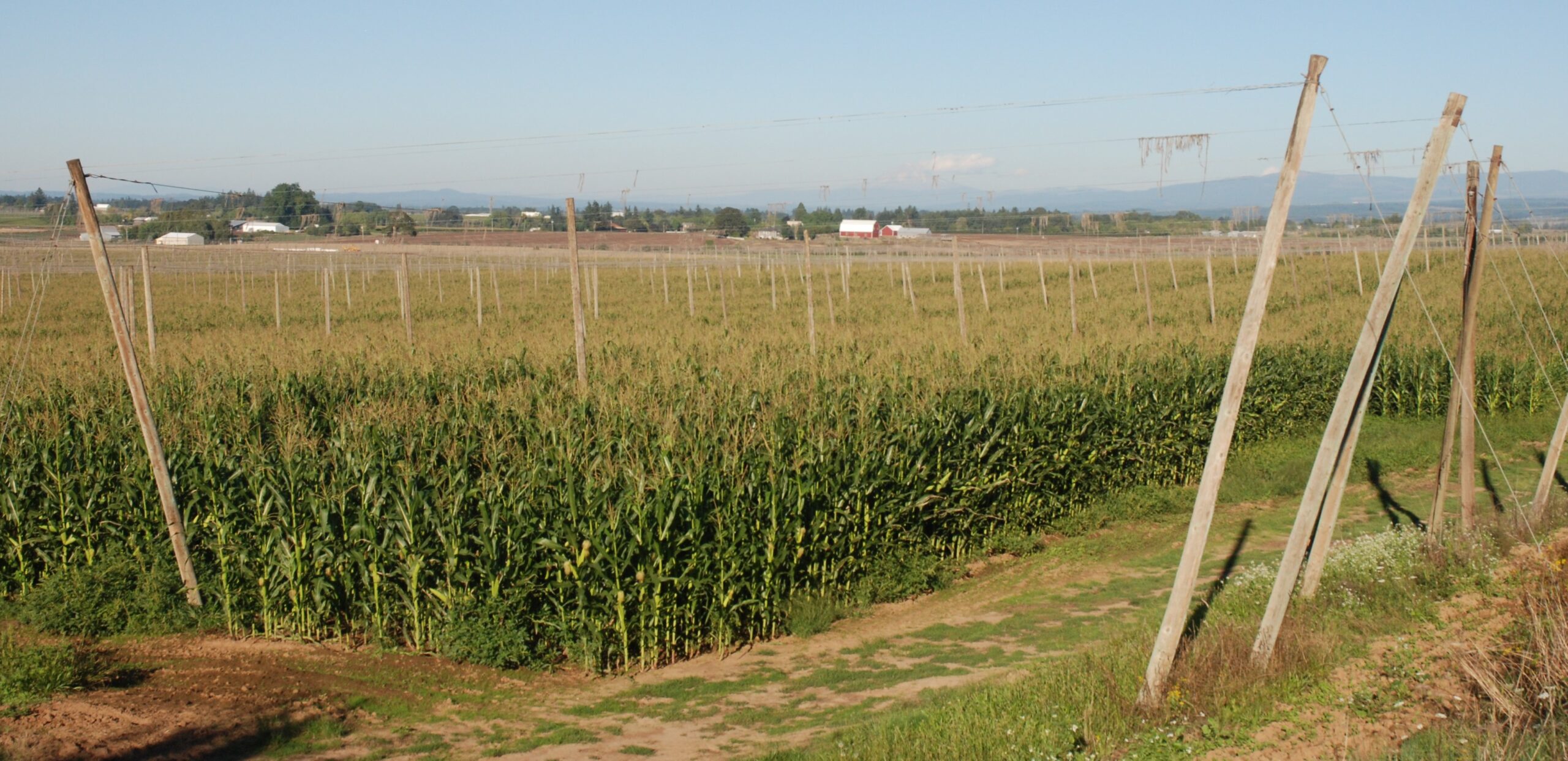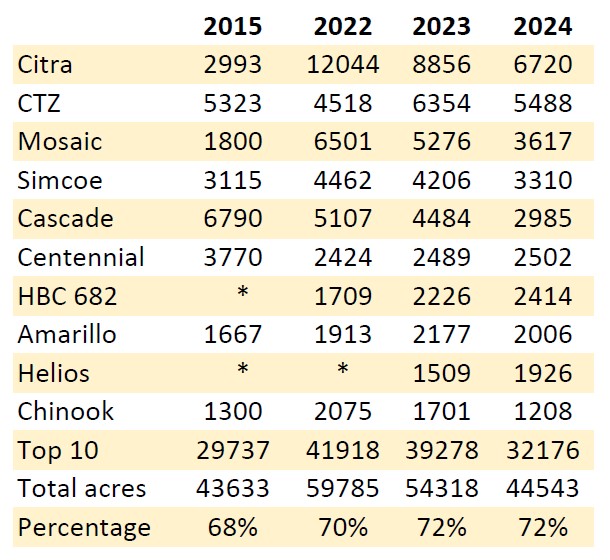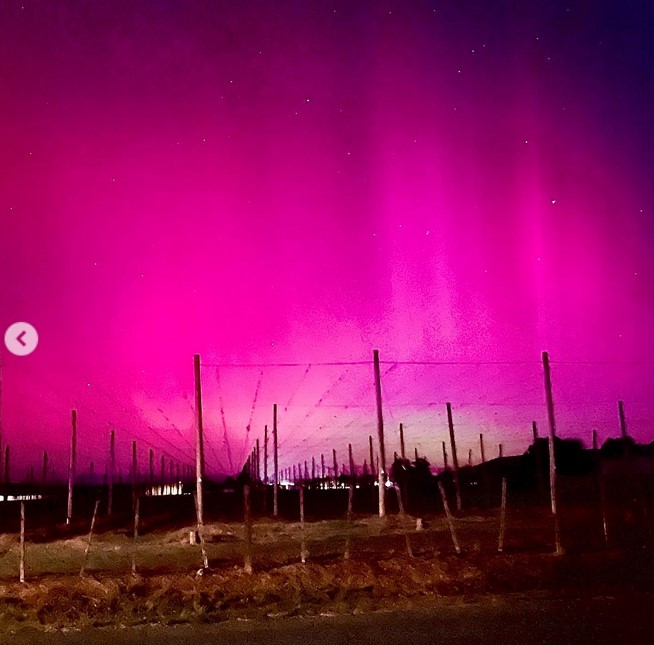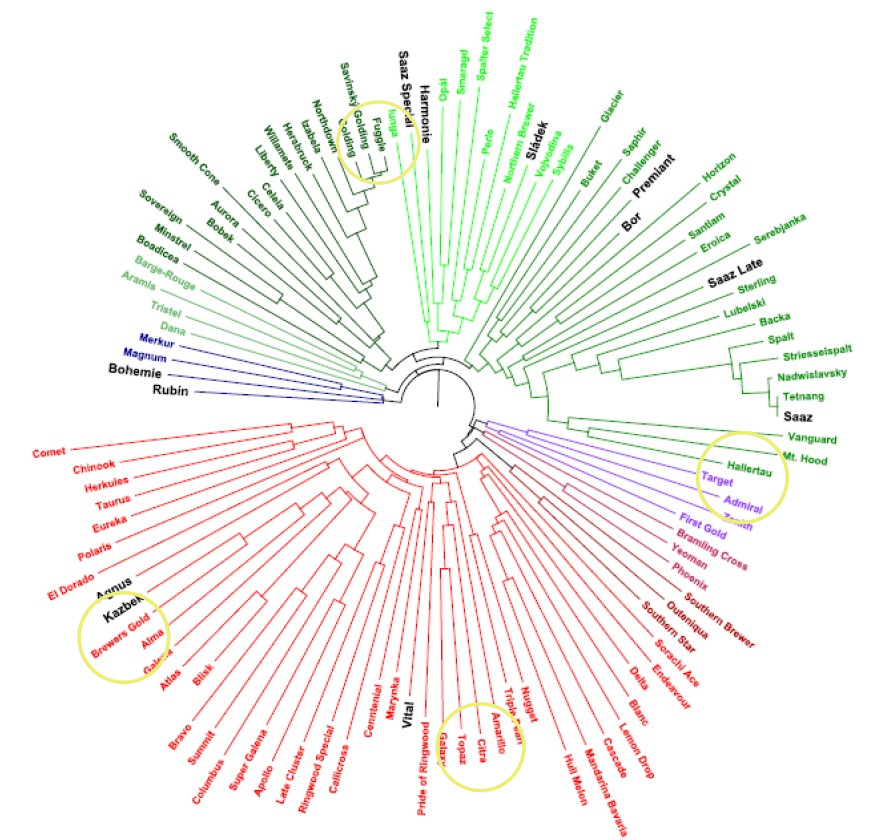* This is your brain on Saaz
* Random observation: The best Citra?
* Hop profile: Styrian Wolf
* Links
– Two faces of Citra
– Down on the small hop farm
– BarthHaas annual report
– Hop sensory
– Hops and NA beers
Welcome to Vol. 8, No. 3. Hop harvest has begun east of the Mississippi, and will be underway in the world’s primary growing regions in a matter of weeks. Reports indicate that most farms “are in a pretty good position to get to the finish line.” Of course, those of us west of the Mississippi who are waking up these days to hazy skies that result from wildfires remember the impact of smoke taint on the 2020 and 2021 crops. Be alert.
RELAX, HAVE A PILSNER
After a conversation with a hop merchant about fractionating essential oil, I revisited research—mentioned briefly in “For the Love of Hops”—related the relaxing effect of certain compounds.
Scientists at Sapporo in Japan used headband sensors to measure the brainwaves of participants, first when they were smelling beer, then later in an experiment that included drinking the beer. They found:
– When subjects smelled the odor of essential oil extract from Saazer hops, the rhythm of the frequency fluctuation in the right frontal alpha-waves significantly increased in regularity, showing that the subjects felt a lower level of arousal and became more relaxed.



